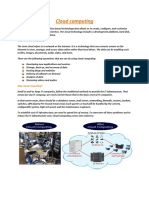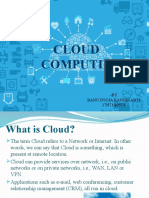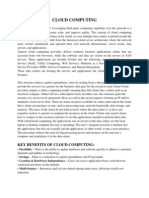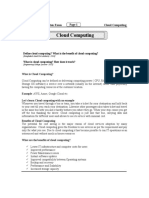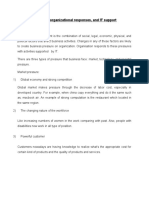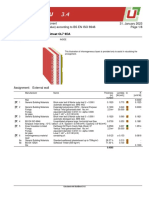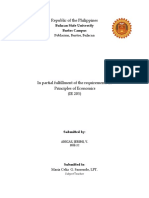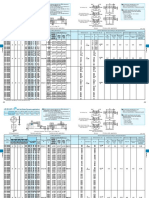0% found this document useful (0 votes)
18 views8 pagesWhat Is Cloud Computing
Cloud computing is a technology that allows users to store and access data and programs on remote servers via the internet, offering benefits like cost efficiency, scalability, and reduced maintenance. It encompasses various service models including IaaS, PaaS, SaaS, and FaaS, each providing different levels of control and management over resources. Additionally, cloud deployment models such as private, public, and hybrid cater to different organizational needs for security, customization, and resource optimization.
Uploaded by
veedhunramyaCopyright
© © All Rights Reserved
We take content rights seriously. If you suspect this is your content, claim it here.
Available Formats
Download as DOCX, PDF, TXT or read online on Scribd
0% found this document useful (0 votes)
18 views8 pagesWhat Is Cloud Computing
Cloud computing is a technology that allows users to store and access data and programs on remote servers via the internet, offering benefits like cost efficiency, scalability, and reduced maintenance. It encompasses various service models including IaaS, PaaS, SaaS, and FaaS, each providing different levels of control and management over resources. Additionally, cloud deployment models such as private, public, and hybrid cater to different organizational needs for security, customization, and resource optimization.
Uploaded by
veedhunramyaCopyright
© © All Rights Reserved
We take content rights seriously. If you suspect this is your content, claim it here.
Available Formats
Download as DOCX, PDF, TXT or read online on Scribd
/ 8




















